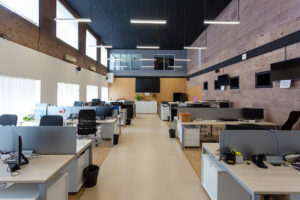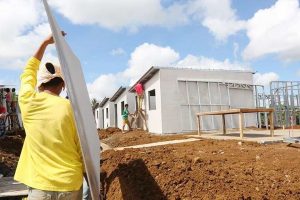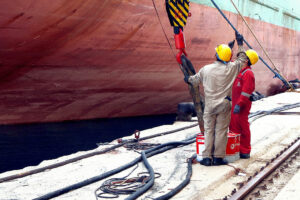THE World Bank expects the Philippines to become an upper middle-income country (UMIC) by 2026 even as growth fell below 6% last year.
“Under our current baseline growth assumptions, average growth of 6% from 2025 to 2026, the Philippines is likely to reach upper middle-income status by 2026,” World Bank Country Director for the Philippines, Malaysia, and Brunei Zafer Mustafaoğlu told BusinessWorld in an e-mailed reply to questions.
The World Bank expects the country to grow by 6.1% in 2025 and 6% in 2026.
The Philippines grew by a weaker-than-expected 5.6% in 2024, slightly faster than 5.5% in 2023.
The Marcos administration expects the Philippines to reach UMIC status over the next two years (2025-2026).
The World Bank updates country classifications by income level on July 1 every year, based on the gross national income (GNI) per capita of the previous calendar year.
The World Bank computes a country’s GNI through the Atlas method, which serves as the basis of its income classifications — low, lower-middle, upper-middle and high. GNI refers to the total amount of money earned by its residents both within and outside its borders.
The Philippines remained a lower middle-income country even as GNI per capita rose to $4,230 in 2023 from $3,950 in 2022.
Under the World Bank’s classification, the threshold for a lower middle-income country stood at $1,146-$4,515 GNI per capita in 2023, while the threshold for an upper middle-income country stood at $4,516-$14,005.
Once the Philippines reaches upper middle-income status, the country will lose access to official development assistance loans that are typically long term and have low interest rates.
“As the Philippines transitions to upper middle-income status, sustaining growth and achieving its 2040 vision of consolidating a middle-class society and eliminating poverty requires a shift from investment-led to productivity-driven growth,” Mr. Mustafaoğlu said.
Mr. Mustafaoğlu identified four strategic actions that the Philippines can take once it achieves UMIC status.
“The country’s next strategic moves should focus on boosting productivity and innovation by enhancing competition, lowering business costs and accelerating digital and artificial intelligence adoption to drive high-value job creation,” he said.
Mr. Mustafaoğlu said the Philippines should also deepen regional integration.
“This entails reducing trade barriers, improving logistics and strengthening foreign direct investments spillovers to stimulate the tradeable sector,” he said.
Mr. Mustafaoğlu said the Philippines should invest in human capital by “reducing stunting and improving the quality of early education, as well as supporting the reskilling and upskilling of existing workers to help them adapt to technological disruptions.”
The Philippines should also strengthen climate and economic resilience, he added.
The country needs to invest in climate adaptation, green energy and infrastructure to mitigate any disruptions from adverse climate events, he said.
“It is crucial to undertake these actions while maintaining macroeconomic stability, which is a pillar for development,” Mr. Mustafaoğlu said. — Aubrey Rose A. Inosante






